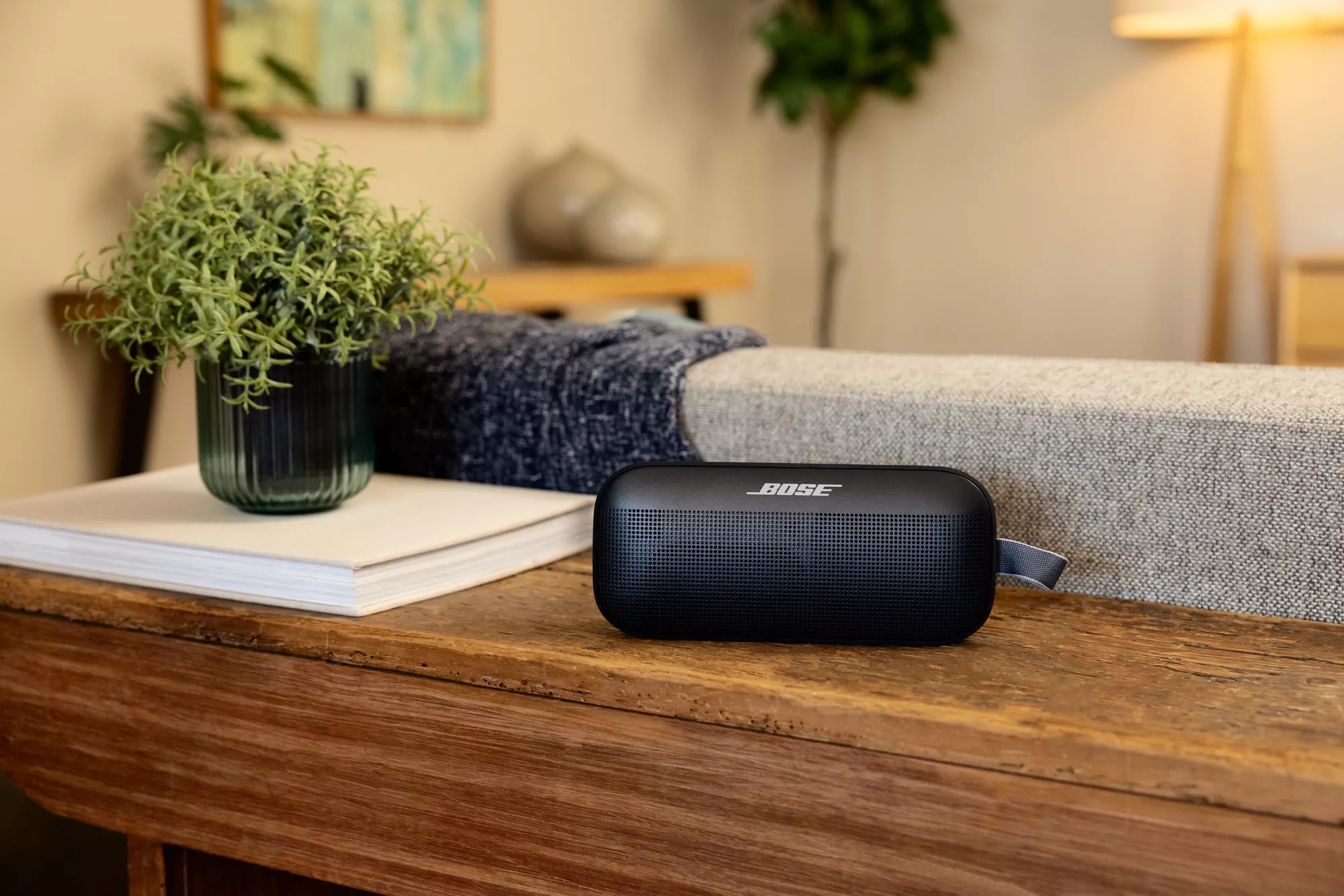The sound you hear when you listen to music is made up of a wide frequency spectrum, but what is frequency response, and how does it affect listening to music through your audio equipment? Every sound has a frequency range, measured in hertz, which is the number of sound waves that pass in each second. Audio equipment like amplifiers, digital to analog converters (DAC), headphones, and speakers have to reproduce these frequencies, and their ability to do so is described as frequency response. In a perfect world, all audio equipment would reproduce sound with complete accuracy, but frequency response can vary for many reasons. Read on to learn more.
How frequency response affects your listening experience
You may be familiar with the concept of equalization (EQ) from adjusting the bass, mid, and treble controls on your audio system or music apps. If so, you’ll know that adjusting frequencies can drastically alter what you hear. The frequency response of devices you use to listen to music is important, as they must be capable of reproducing all frequencies. Bass frequencies range from 20Hz to around 300Hz. This range is where the weight and body of music is, where instruments like kick drums, bass guitars, and cellos sit. Anyone who has ever used a subwoofer knows how much impact bass frequencies can add to music or to movie soundtracks. Mid-frequencies range from 300Hz to 4kHz (4,000Hz). Our ears are most sensitive to this frequency range, encompassing the human voice, guitars, keyboards, piano, stringed and woodwind instruments, and more. This is the most crucial frequency domain to reproduce accurately, due to our sensitivity to these frequencies. Treble frequencies lie in the 4kHz to 20kHz range, and they add definition, sparkle, and clarity. Think of elements like cymbals, chimes, bells, and the overtones of instruments like piano, woodwinds, and violins. Every instrument has unique frequency characteristics. Some instruments like piano cover a wide range, from bass frequencies all the way up to treble frequencies, while a bass guitar or cello is mostly composed of lower frequencies. Further complicating things, all instruments and sounds have a fundamental frequency, where most of their sonic energy is generated, plus additional higher harmonics that also contribute to their sound and character, or timbre.
Frequency response and your headphones or speakers

So, what is frequency response’s role in the sound quality of headphones or speakers? Ideally, speakers and headphones should have a reasonably flat frequency response. You want the frequencies of the input signal to be unchanged when played back through your speakers or headphones. This isn’t always possible to achieve perfectly, and involves careful research, design, and measurement to test that the audio device is capable of faithful frequency reproduction. There is some variation between manufacturers and price points, and some of it comes down to personal taste. For example, there are headphones and speakers with a deliberately exaggerated low frequency response, to maximize the impact of bass-heavy musical styles. It’s helpful to have a basic knowledge of how speakers produce sound to understand how they’re affected by frequency response. So, how does a speaker work, exactly? Speakers have two main parts: a transducer, also known as an electrodynamic driver, and a cone. The driver is a wire voice coil suspended in a magnetic field, and when it receives an electrical signal, it causes the speaker cone to move back and forth and direct the resulting sound waves. Generally, reproducing lower bass frequencies requires larger magnets, coils, and speaker cones, known as woofers, or subwoofers for frequencies below 50Hz. Treble frequencies use smaller diameter speakers, called tweeters. Some speaker systems also have midrange drivers and are known as three-way speakers.
Why high-quality audio equipment matters
Higher-quality audio equipment utilizes better design and components to achieve a flatter frequency response, with as little variation as possible. Cheap components and manufacturing practices result in lower audio quality and less accurate frequency response. If you’re serious about audio and want to hear your favorite music the way the artist and mixing engineer intended, it’s worth investing in quality equipment, whether it’s a soundbar, wireless headphones, a Bluetooth speaker, or earbuds. High-quality equipment lasts longer, has a more accurate sound, and is more enjoyable to listen to.
Factors affecting frequency perception

Human hearing perceives a fixed range of audible frequencies, from 20Hz to 20 kHz. As we age, our ability to hear high frequencies reduces. Many people over 40 can’t hear frequencies over 15kHz. Frequency perception can also be affected by the environment. If you place speakers in a large, empty room, the sound will be very different than in a smaller, furnished room or an acoustically treated studio. A sparsely furnished space with lots of hard surfaces like bare walls and floors will make the sound reflect and resonate, changing the frequency balance of what we hear. This can make some frequencies sound louder than others, and result in high frequencies smearing or even cancelling out, creating a less than ideal listening experience.
Full frequency sound
Through clever engineering and years of innovation in sound design, Bose has managed to bring out the best in all kinds of audio devices, including soundbars, wireless headphones, earbuds, and portable Bluetooth speakers. However you like to listen to music, every Bose product produces full, rich, high-quality sound, always enhancing your listening experience. < BACK TO STORIES